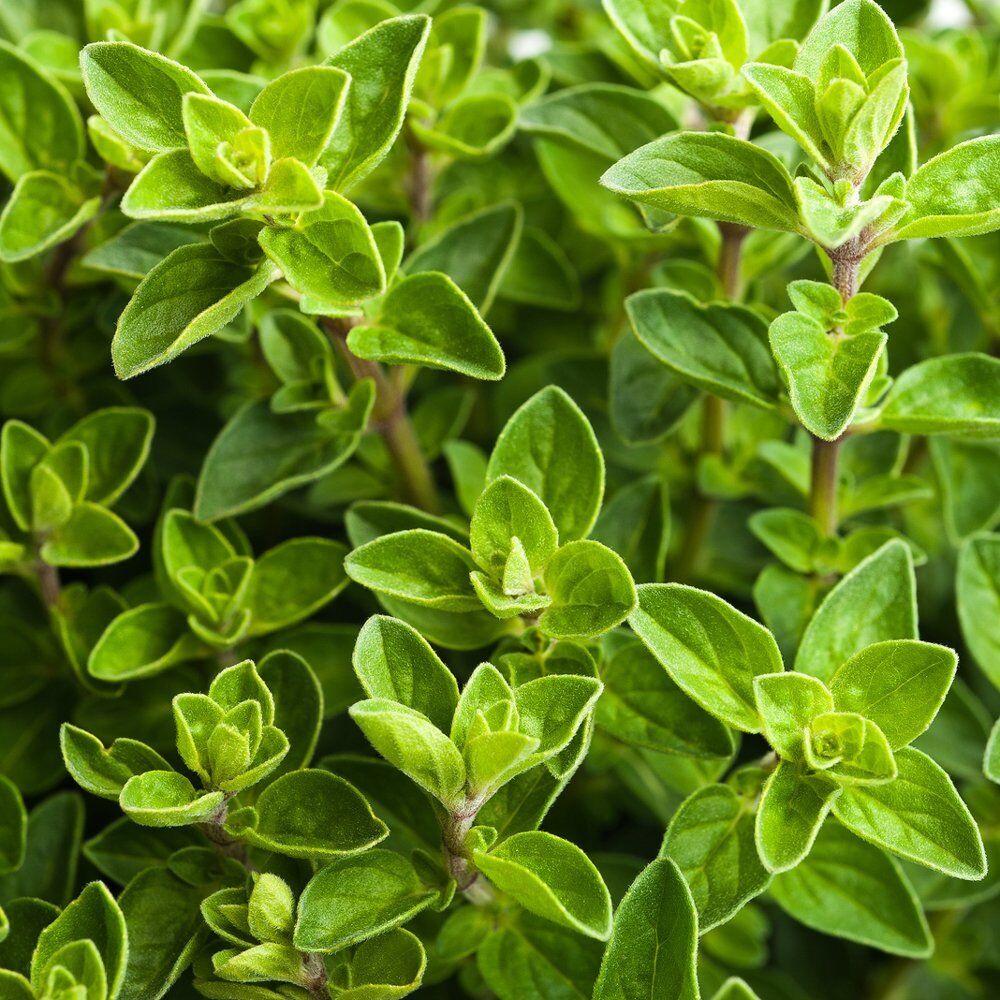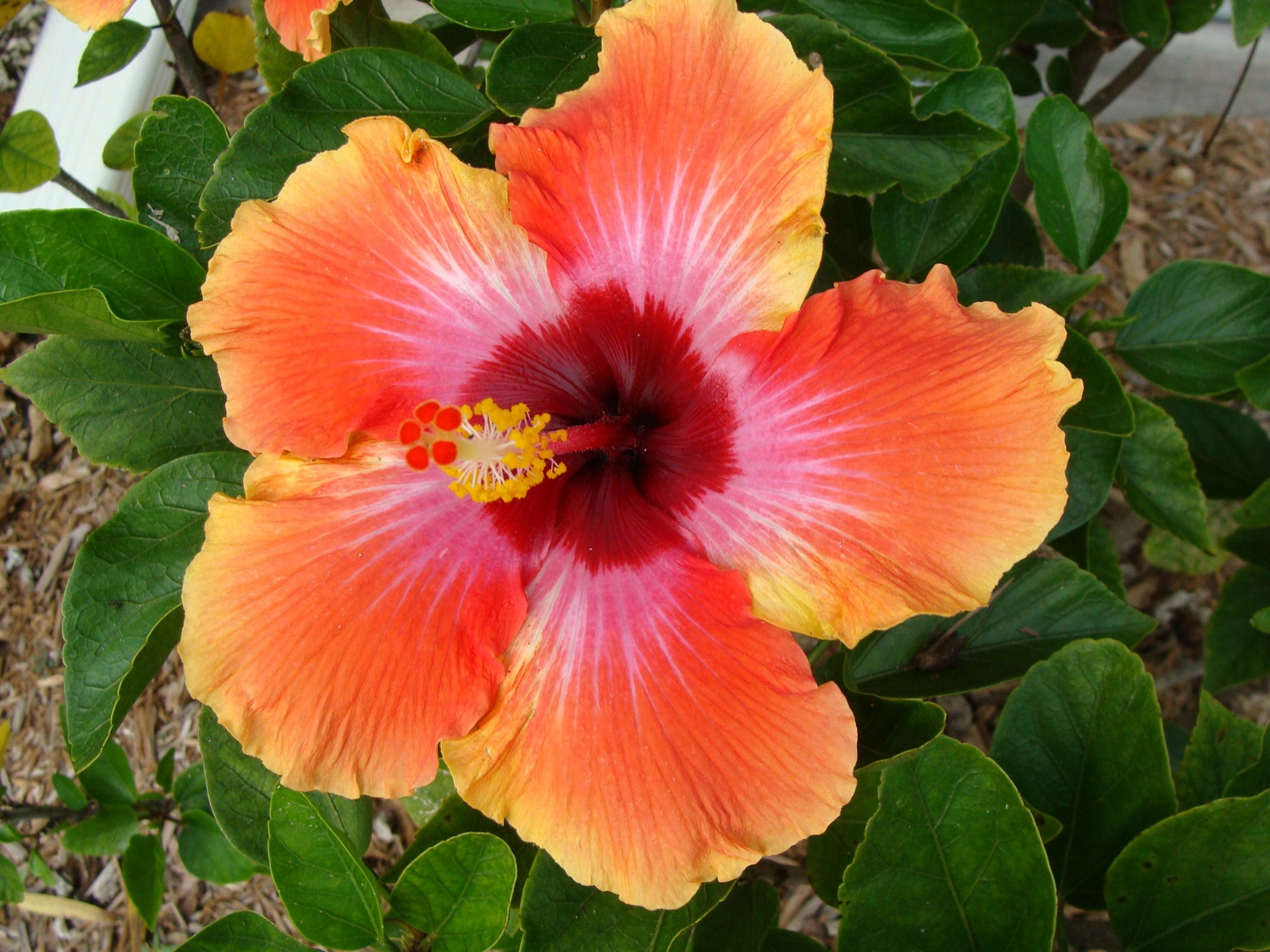Introduction to Planting and Caring for Paliurus Spina Christi (Christ’s Thorn) Seeds
Paliurus Spina Christi, commonly known as Christ’s Thorn, is a hardy and resilient shrub that adds both beauty and function to any garden. Known for its distinctive thorny branches and unique greenish-yellow flowers, Christ’s Thorn thrives in dry, arid conditions and can be a great addition to xeriscapes, wildlife gardens, and even natural fences. If you’re looking to grow this fascinating plant, you’ll need to know the proper steps for planting and caring for Paliurus Spina Christi seeds.
In this guide, we’ll walk you through everything you need to know to successfully grow Paliurus Spina Christi, from seed preparation to care and maintenance. Whether you’re a seasoned gardener or a beginner, this post will ensure your Christ’s Thorn plants flourish in your garden.
What Is Paliurus Spina Christi (Christ’s Thorn)?
Paliurus Spina Christi, or Christ’s Thorn, is a deciduous shrub native to the Mediterranean, Asia, and parts of Africa. It is known for its spiny, thorn-covered branches, which give it a unique look, as well as its greenish flowers and spiky, round seeds. This shrub thrives in dry, sunny environments, making it an excellent choice for drought-resistant landscaping.
The plant is not only an attractive addition to your garden but also serves practical purposes. Christ’s Thorn can be used as a natural privacy fence, hedge, or barrier due to its thorny branches. Additionally, it attracts pollinators and wildlife, offering benefits to your garden ecosystem.
How to Plant Paliurus Spina Christi (Christ’s Thorn) Seeds
Growing Paliurus Spina Christi from seed is relatively simple, though it does require some patience and care. Here’s a step-by-step guide to help you get started.
1. Preparing the Seeds for Planting
Paliurus Spina Christi seeds have a hard outer shell that can make germination a bit tricky. To increase the chances of successful germination, it’s essential to prepare the seeds properly.
- Soaking: Soak the seeds in water for 24 to 48 hours before planting. This helps soften the seed coat and facilitates easier germination.
- Stratification: Paliurus Spina Christi seeds benefit from a period of cold stratification. To simulate winter conditions, place the soaked seeds in a sealed plastic bag with some damp sand or paper towel and store them in the refrigerator for 30 to 60 days.
2. Planting the Seeds
Once the seeds have been prepped, you can begin planting them either indoors or outdoors, depending on your climate.
- Indoor Planting: For those living in colder climates or areas with shorter growing seasons, start seeds indoors in the early spring. Fill small pots with well-draining potting mix, and plant the seeds about 1 inch deep. Keep the soil moist but not waterlogged. Place the pots in a warm, sunny spot or under grow lights to encourage germination.
- Outdoor Planting: If you live in a suitable climate (typically USDA hardiness zones 7-10), you can plant seeds directly outdoors after the last frost. Choose a well-draining spot with full sun exposure. Dig small holes about 1 inch deep and plant one seed per hole.
3. Germination and Early Care
After planting, the seeds should begin to germinate within 3 to 4 weeks, though it may take longer in some cases. Keep the soil consistently moist, but be sure not to overwater, as this can lead to root rot. Once the seedlings sprout, ensure they receive plenty of sunlight to encourage healthy growth.
Caring for Paliurus Spina Christi (Christ’s Thorn) Plants
Once your Paliurus Spina Christi seedlings have sprouted, they will require some care to ensure they grow strong and healthy. Here are the essential care tips for thriving Christ’s Thorn plants.
1. Watering
While Christ’s Thorn is drought-tolerant once established, it requires regular watering during its early growth stages. Water the plant deeply once a week, especially in hot, dry weather, but allow the soil to dry out between waterings. Once the plant is established, it will need less frequent watering.
2. Soil and Fertilization
Paliurus Spina Christi is adaptable to various soil types, from sandy to loamy. However, it prefers well-draining soil to prevent water from accumulating around the roots. If your soil is clay-heavy or poorly draining, consider improving it with organic matter or compost.
Fertilization is generally not necessary, as Christ’s Thorn can thrive in poor soil conditions. However, if your plant seems to be growing slowly, you can apply a balanced, slow-release fertilizer in the early spring.
3. Pruning and Shaping
Christ’s Thorn has a naturally dense and thorny growth habit, which can be useful for creating a natural fence or barrier. If you prefer a tidier appearance, you can prune the plant to maintain a more controlled shape. Remove any dead or damaged branches, and trim the plant to encourage a fuller, bushier form.
Prune your Christ’s Thorn plant in late winter or early spring before new growth begins, as this will help promote strong growth and flowering.
4. Pests and Diseases
Paliurus Spina Christi is generally resistant to most pests and diseases. However, keep an eye out for common garden pests like aphids or caterpillars. If pests become a problem, consider using organic insecticidal soap or neem oil to manage the infestation.
Christ’s Thorn is also relatively disease-resistant but may be susceptible to fungal issues in overly wet conditions. Ensure that the plant has good air circulation and avoid overwatering to prevent root rot.
Benefits of Growing Paliurus Spina Christi in Your Garden
In addition to its aesthetic appeal and low maintenance, Paliurus Spina Christi offers several advantages for gardeners:
- Privacy and Security: The plant’s sharp thorns make it an excellent choice for creating natural fences or hedges that provide both privacy and protection.
- Wildlife-Friendly: Christ’s Thorn attracts pollinators like bees and butterflies, as well as birds, which feed on the seeds.
- Drought-Tolerant: Ideal for xeriscaping, this shrub requires minimal water once established, making it perfect for dry climates.
- Medicinal Uses: The seeds of Paliurus Spina Christi are believed to have medicinal properties, including anti-inflammatory and antioxidant benefits, though they should be used with caution.
Start Growing Paliurus Spina Christi (Christ’s Thorn) in Your Garden Today!
Paliurus Spina Christi, or Christ’s Thorn, is a resilient and versatile plant that can enhance your garden in multiple ways. Whether you're looking for a unique ornamental shrub, a natural privacy screen, or a wildlife-friendly addition, Christ’s Thorn fits the bill. With proper planting and care, this thorny shrub will thrive and provide long-lasting beauty to your outdoor space.
By following the tips in this guide, you can successfully grow and care for Paliurus Spina Christi from seed, ensuring it flourishes in your garden. Ready to get started? Purchase your Paliurus Spina Christi seeds today and begin the journey of growing this unique and beneficial plant.
Ready to plant Paliurus Spina Christi in your garden? Shop for high-quality Christ’s Thorn seeds now and start growing this hardy, beautiful plant today!









